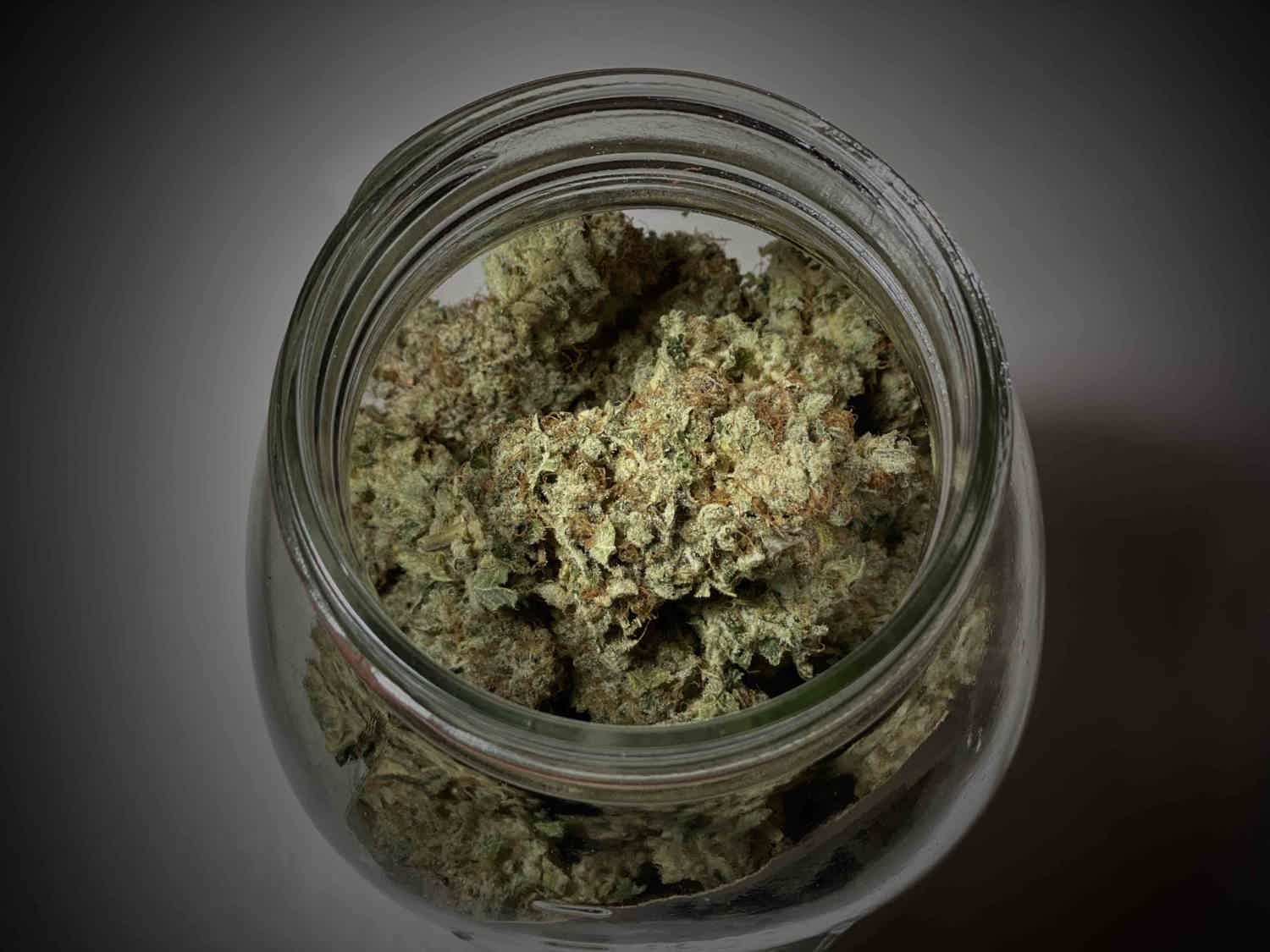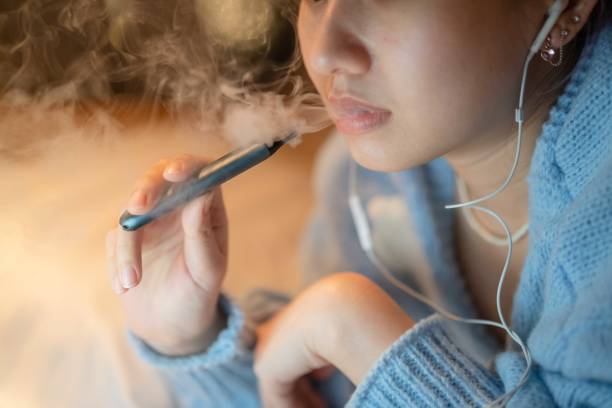Growing hemp is an exciting venture. Whether you’re a seasoned farmer or just starting out, knowing when to harvest your hemp plants is crucial. Harvesting at the right time ensures you get the best quality and yield from your crop.
In this article, we’ll explore:
- The key indicators that signal when they are ready for harvest, such as changes in the colour of the buds and the maturity of the trichomes.
- The importance of timing in order to achieve optimal quality and yield, ensuring a successful harvest.
- Simple guidelines to assist both novice and experienced growers in making informed harvesting decisions.
Understanding the Growth Stages of Hemp
Seedling Stage
They start as tiny seeds. Once they sprout, they enter the seedling stage. At this stage, it’s all about establishing roots and growing strong. The seedlings look like small, fragile plants with a few leaves.
Vegetative Stage
Next, the plants enter the vegetative stage. This is when they grow big and tall. You’ll see lots of leaves and branches. The plants need plenty of sunlight and water during this period.
Flowering Stage
The final stage before harvest is the flowering stage. This is when the plants start to produce flowers or buds. These buds contain the valuable compounds that hemp is known for, like CBD.
Why Timing Matters
Quality of the Crop
Harvesting at the right time ensures the highest quality of your hemp crop. If you harvest too early, the plants might not have developed enough beneficial compounds. If you wait too long, the quality can decline.
Maximum Yield
To get the most out of your hemp plants, timing is everything. Harvesting at the optimal time means you’ll get the maximum yield from your crop. This is important whether you’re growing hemp for personal use or for sale.
Legal Considerations
In many places, there are legal limits on the levels of THC (the psychoactive compound) in hemp. Harvesting at the right time helps ensure your crop stays within these legal limits.
Signs Your Hemp Plants Are Ready to Harvest
Trichome Color Changes
What Are Trichomes?
Trichomes are tiny, hair-like structures on the buds and leaves. They contain most of the plant’s cannabinoids and terpenes, which are the compounds responsible for its effects and smell.
Watching the Trichomes
One of the best ways to tell if your hemp is ready for harvest is by looking at the trichomes. You’ll need a magnifying glass or a jeweler’s loupe to see them clearly.
Color Indicators
- Clear Trichomes: If the trichomes are clear, it means the plant is still maturing and not ready for harvest.
- Milky/Cloudy Trichomes: When most of the trichomes turn milky or cloudy, it’s a sign that they are reaching their peak potency.
- Amber Trichomes: Once you see some amber-colored trichomes, it’s usually the perfect time to harvest. The mix of milky and amber trichomes generally indicates the highest quality and potency.
Pistil Changes
What are Pistils?
Pistils are the hair-like structures on the flowers. They start white and change color as the plant matures.
Color Transition
- White Pistils: If the pistils are mostly white, the plant is still developing.
- Orange/Brown Pistils: When around 70-80% of the pistils have turned orange or brown, the plant is usually ready for harvest.
Texture and Curling
In addition to color, observe the texture and curling of the pistils. Mature pistils will be curly and have a darker color, indicating readiness for harvest.
Leaf Color and Condition
Yellow Leaves
When near harvest, you may notice the large fan leaves turning yellow. This is a natural part of the plant’s life cycle indicating that it’s drawing nutrients away from the leaves into the buds.
Nutrient Levels
Sometimes, yellowing leaves can also be a sign of nutrient deficiency. However, if this occurs late in the flowering stage, it often means the plant is getting ready for harvest.
Overall Plant Health
Pay attention to the overall health and condition of the plant. A healthy plant with yellowing leaves near harvest time is usually a good sign that it’s ready to be harvested.
Bud Density and Size
Dense Buds
Another indicator that they are ready for harvest is the density of the buds. Mature buds will feel firm and dense when gently squeezed.
Bud Size
The size of the buds can also give you clues. While larger buds are often desirable, make sure they are dense and not airy or fluffy.
Resin Production
Look for sticky resin on the buds. This is another sign that the plant is mature and ready for harvest.
Smell and Aroma
Strong Aroma
A strong, pungent aroma is a good sign that they are ready. The terpenes responsible for the smell are most potent just before harvest.
Changes in Smell
Note any changes in the aroma. If the smell becomes stronger and more pronounced, it’s likely time to harvest.
Different Strains, Different Smells
Remember that different hemp strains will have different aromas. Get familiar with the specific scent profile of the strain you’re growing.
Environmental Factors
Weather Conditions
Outdoor growers should consider the weather. Harvest before the first frost to avoid damage to the plants.
Humidity Levels
High humidity can lead to mold and mildew, so it’s important to harvest before these conditions become a problem.
Daylight Changes
For outdoor growers, the changing length of daylight can also be a sign. They often reach maturity as the days get shorter.
Tools You Need for Harvesting
Pruning Shears
Invest in a good pair of pruning shears. They make it easier to cut through the tough stems and branches.
Trimming Scissors
Trimming scissors are essential for manicuring the buds after harvest. Look for ones that are comfortable to use for extended periods.
Drying Racks
After harvesting, you’ll need a place to dry your buds. Drying racks are ideal because they allow good airflow around the buds.
The Harvesting Process
Cutting the Plant
Use your pruning shears to cut the plant at the base. Some people prefer to cut one branch at a time, while others cut the whole plant at once.
Removing Fan Leaves
Once the plant is cut, remove the large fan leaves. This makes the trimming process easier and speeds up drying.
Trimming the Buds
Use your trimming scissors to carefully trim away the smaller leaves around the buds. This improves the appearance and quality of the final product.
Drying and Curing
The Drying Process
Hang the trimmed branches upside down in a dark, well-ventilated space. The temperature should be around 60-70°F with 50-60% humidity. This process usually takes about a week.
Curing the Buds
After drying, place the buds in airtight glass jars. Open the jars daily for the first week to allow any moisture to escape. This curing process can take several weeks but is essential for developing the best flavor and potency.
Storing Your Hemp
Once cured, store your hemp in a cool, dark place. Properly stored hemp can stay fresh and potent for a long time.
Common Mistakes to Avoid
Harvesting Too Early
One common mistake is harvesting too early. Patience is key. Wait for the signs that your plants are fully mature.
Overdrying the Buds
Be careful not to overdry your buds. Overdrying can lead to a loss of flavor and potency.
Improper Storage
Storing your hemp improperly can also degrade its quality. Keep it in airtight containers away from light and heat.
Conclusion
Harvesting hemp plants at the right time is crucial for quality and yield. By paying attention to trichomes, pistils, leaf color, bud density, smell, and environmental factors, you can ensure you harvest at the optimal time. Remember to use the right tools and follow proper drying and curing processes. Avoid common mistakes, and you’ll be well on your way to producing top-quality hemp. Ready to start your hemp-growing adventure? Now you know when to harvest them for the best results!




